The Pine Hoverfly (Blera fallax) is critically endangered in Britain, reduced to just one population in a small forest patch in the Cairngorms National Park in Scotland. Since 2018, the Royal Zoological Society of Scotland (RZSS) has been running a conservation breeding programme for this important pollinator at its Highland Wildlife Park Zoo. Following a record-breaking breeding season in 2021, the RZSS team started reintroducing pine hoverflies back into the Caledonian forests they once inhabited. Hear about the progress of this project and how the partnership between RZSS, the Rare Invertebrates in the Cairngorms project, and Forestry and Land Scotland is working to rescue one of Britain’s most endangered invertebrates.
Q&A with Helen Taylor
Dr Helen Taylor is the conservation programme manager at the Royal Zoological Society of Scotland and has been leading the pine hoverfly conservation breeding and release project since 2019. Helen is a conservation reintroduction specialist who has worked with multiple bird species, managed the Knapdale beaver reinforcement project, and has recently become an invertebrate convert, managing RZSS’ Pine Hoverfly, Pond Mud Snail, and Dark Bordered Beauty moth conservation breeding for release programmes.
Do other invertebrates use these rot holes?
Other invertebrates do use the rot holes, including other hoverflies and many other things like slugs. We even once found a newt. We’re not aware of any predators – but we do not have the data about what is happening within these rot holes to comment on this definitively. The food webs occurring within these rot holes is not well understood and it would be great to have more data on this.
Do they like gorse as well?
Not that we are aware of. We think that they need open-cup flowers, like on rowan, so we don’t think the flower shape is quite right on gorse. Flies are not as great at navigating into a closed cup flower (like a foxglove) and prefer to hover around a flat-shaped flower. However, an adult has been seen on a bell-shaped flower, so we’re always open to new information! There is not much gorse on the current sites, and we’ve never observed it – but we don’t know for sure.
Are the depths of the lagoons/troughs important in the larval survival rate?
That’s an interesting question! We do have different depths but we try not to disturb the larvae once we have released them into the rot holes. This makes it really difficult to measure the survival rate. Recording the number of pupal cases does not necessarily relate to the number of larvae as we can’t guarantee we are finding them all. There is some evidence that they may sometimes leave the rot hole to pupate and a number of other reasons why the pupal case may not be there, such as disintegration or predation. There is currently a student looking at rot hole characteristics and it will be exciting to see what they find as it may help us answer some of these questions.
Did you choose to rear 8,000 larvae due to rearing capacity or population viability across the release sites?
The 8,000 is what we’re able to produce with our rearing capacity. We can house around 150 adults at any one time and the maximum number of larvae we’ve gotten from those adults is 8,000. That doesn’t mean that we are not getting more eggs than that, but it’s difficult to know how many we’re losing between the egg stage and the 2nd or 3rd instar when we can safely handle the larvae without damaging them. If we could produce more larvae with 150 adults, we’d be happy to do so and release more. We can put 60-80 larvae in a rot hole if it is deep enough and holding water. It’s also a lot of work to create habitat and monitor them so realistically there would be a limit to how many we could cope with considering the capacity of the current team.
Were the original batch of larvae all collected from a native population?
Yes – the 25 original larvae that we used to start our conservation breeding programme were collected from the remnant population in the Cairngorms. The year that they were collected was selected by the Pine Hoverfly Steering Group as it was a really good year for that population, so the risk to that population was lower than usual. We continue to take 1 or 2 individuals from the original population each year and add them into the conservation programme each year to try and boost genetic diversity.
How big is the inbreeding threat to this population of Pine Hoverflies?
We are concerned about inbreeding because all of the larvae we managed to breed in the first season came from a maximum of 2 females, possibly just 1! We continue to take 1 or 2 individuals from the original population each year and add them into the conservation programme each year to try and boost genetic diversity. We also really carefully manage our breeding lines with a very complicated spreadsheet to make sure we are always outbreeding as much as possible. Despite all this, the likely lack of genetic diversity is still a concern but it is difficult to mitigate against it when there is potentially so little genetic diversity in the wild.
How genetically similar is the remaining UK population to the continental population?
The Pine Hoverfly is found in other places in Europe and the possibility of bringing across individuals from Scandinavia (specifically Sweden and Finland) has been considered). Dr Ellen Rotheray did some genetic work using a handful of micro-satellite markers back in 2012 to look at the genetic difference between the Scottish population and the Scandinavian population, and she did find some differences. Since then, The Pine Hoverfly has now had its genome sequenced by the Darwin Tree of Life project and our RZSS WildGenes team here at Edinburgh Zoo is now using this much higher resolution data to create a genomic database for our conservation breeding population. We can compare this to data for the Scandinavian population to see how different they really are genetically and whether a reintroduction from Scandinavia would be appropriate if the British population were to go extinct. However, there are other considerations aside from genetics if we were to reintroduce individuals from another country – they could bring along a parasite or pathogen with them that we don’t have here, or they could have key behavioural differences (such as using spruce trees, which is seen in Swedish pine hoverfly, but has not been observed in our native population).
Are there plans for releases in other UK sites in the future?
Hopefully, we need to identify good sites first and we need to see the Pine Hoverfly successfully established at the current release site in the longer term to gain proof of concept. It’s important that we follow an evidence-based approach when it comes to choosing sites and planning releases.
Is there anything the public or volunteers can do to help?
If you are local to the Cairngorms, check out the Rare Invertebrates in the Cairngorms project website for details on how to get involved in the surveys for this species and other projects. For those not in the Caringorns, signing up to the Royal Zoological Society of Scotland helps fund our work on the Pine Hoverfly, or if you want to help hoverflies in general you could take part in the Hoverfly Lagoons citizen science project managed by Dr Ellen Rotheray that involves adding a hoverfly lagoon to your garden and sending in data to the Buzz Club.
Further info
- ID guide for Pine hoverfly larvae and pupae vs other conspecifics: https://rare-inverts-rspb.hub.arcgis.com/pages/resources
- Watch the Pine Hoverfly release video: https://www.youtube.com/watch?v=yW-s1N4KFTw
- Read the Hoverfly Lagoons entoLIVE blog: https://biologicalrecording.co.uk/2024/07/17/hoverfly-lagoons/
- Take part in the Hoverfly Lagoons citizen science project: https://www.thebuzzclub.uk/hoverfly-lagoons
- Find out more about RZSS and their work in Scotland and around the world: https://www.rzss.org.uk/
- Volunteer with the Rare Invertebrates in the Cairngorms (RIC) project: https://rare-inverts-rspb.hub.arcgis.com/
- Check out other invertebrate translocation/reintroduction project presentations: https://courses.biologicalrecording.co.uk/courses/invertebrate-translocation-virtual-symposium
entoLIVE
entoLIVE webinars feature guest invertebrate researchers delving into their own invertebrate research. All events are free to attend and are suitable for adults of all abilities – a passion for invertebrates is all that’s required!
- Donate to entoLIVE: https://www.gofundme.com/f/entolive-2025
- Upcoming entoLIVE webinars: https://www.eventbrite.com/cc/entolive-webinars-74679
- entoLIVE blog: https://biologicalrecording.co.uk/category/entolive-blog/
- entoLIVE on YouTube: https://youtube.com/playlist?list=PLuEBNUcfMmE95Re19nMKQ3iX8ZFRFgUAg&feature=shared
entoLIVE is only possible due to contributions from our partners and supporters.
- Find out about more about the British Entomological & Natural History Society: https://www.benhs.org.uk/
- Check out the Royal Entomological Society‘s NEW £15 Associate Membership: https://www.royensoc.co.uk/shop/membership-and-fellowship/associate-member/

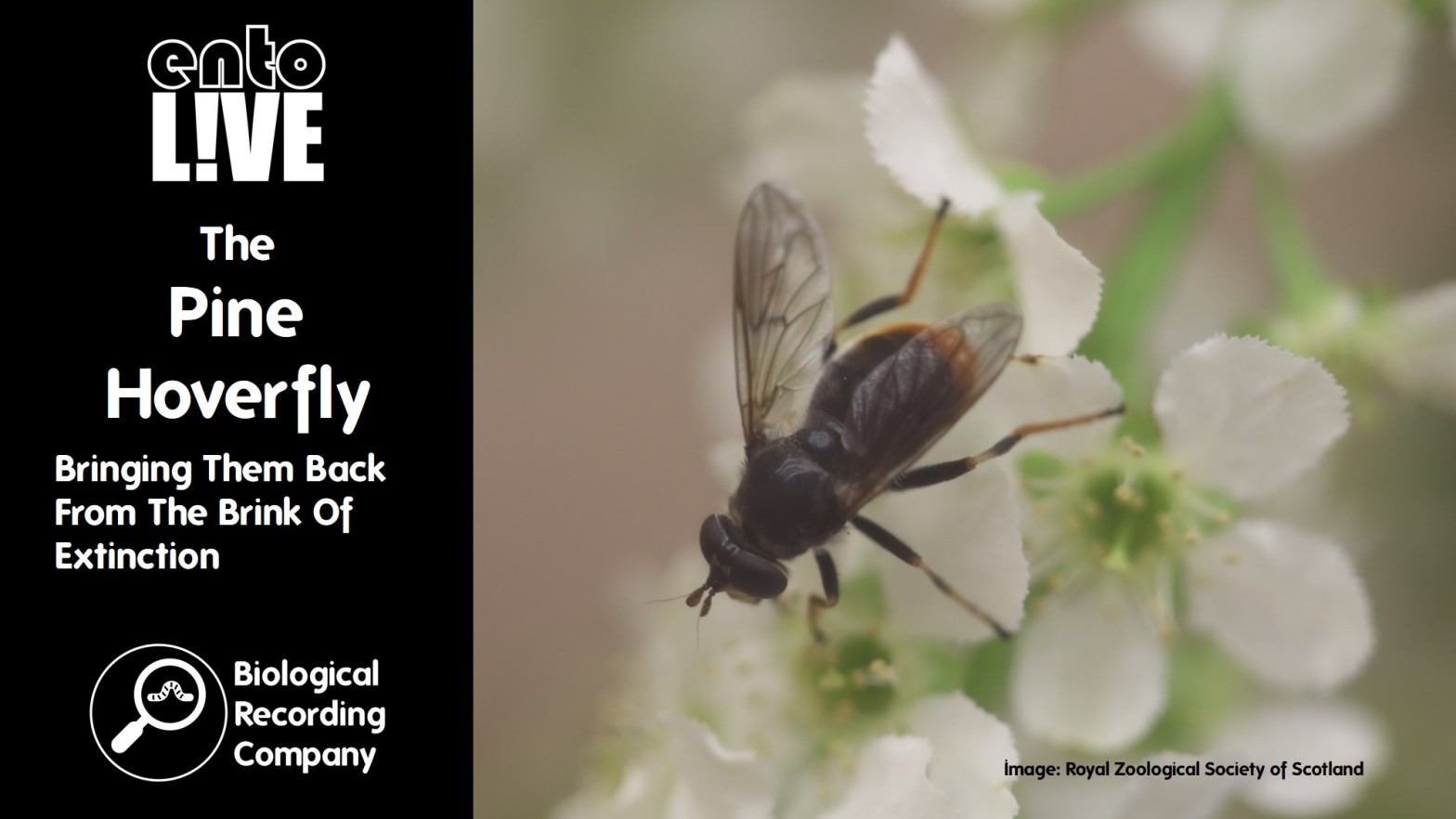


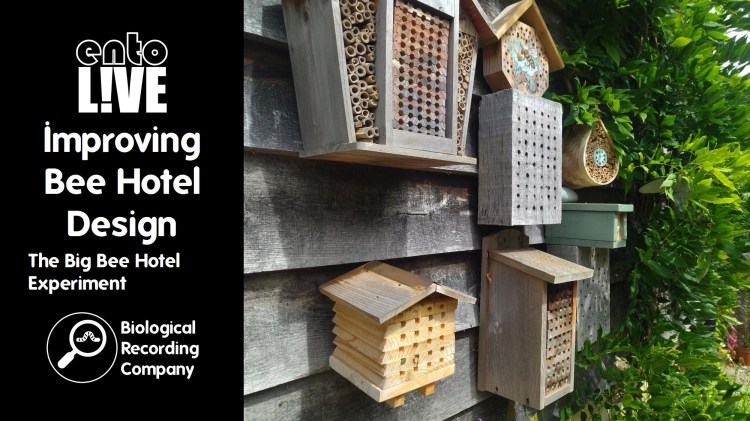
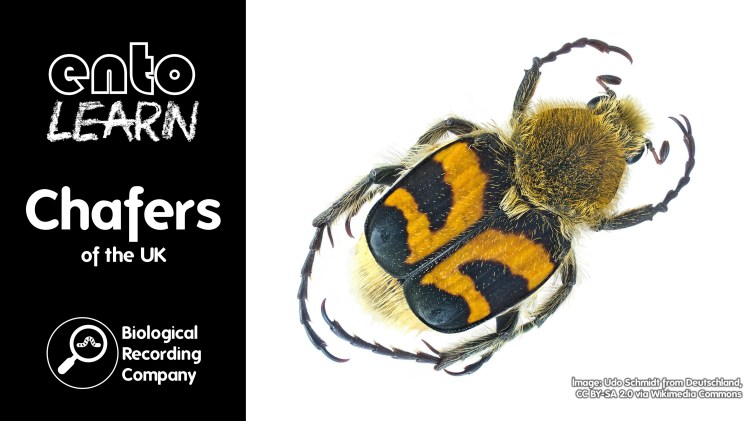
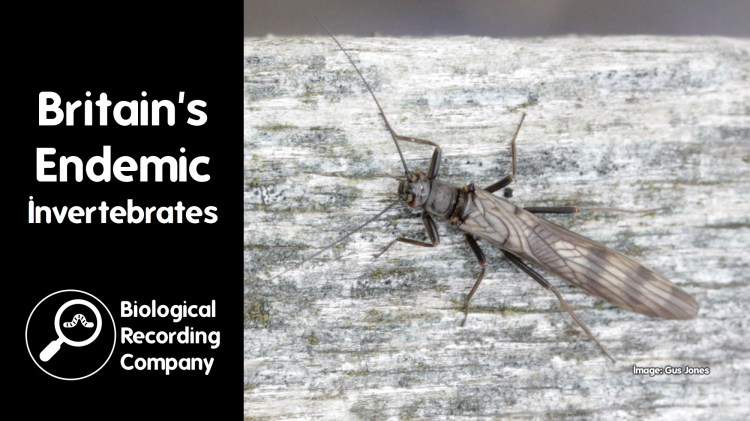
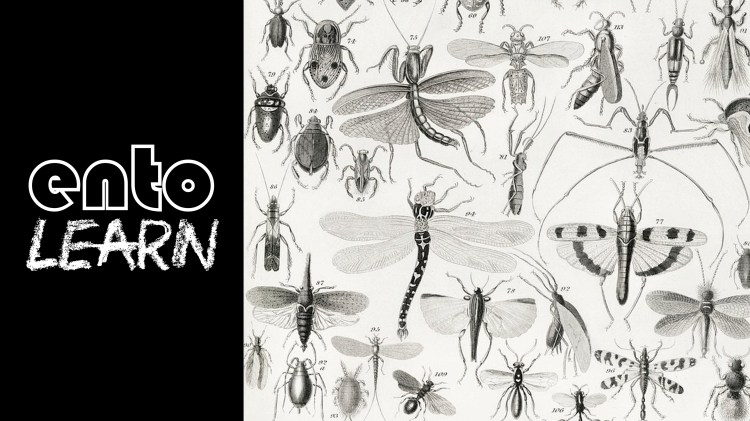
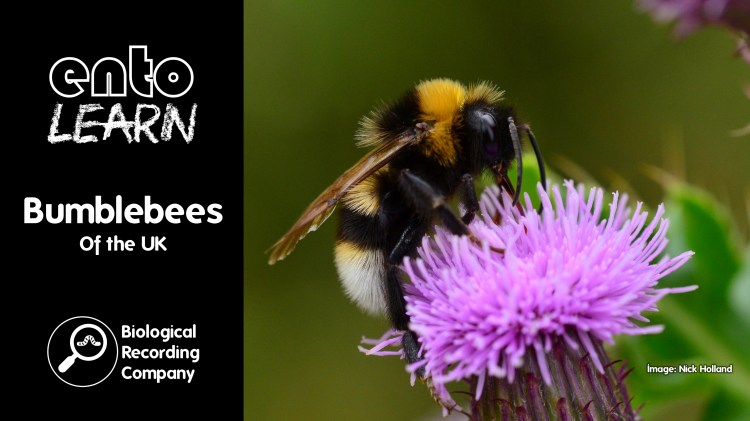


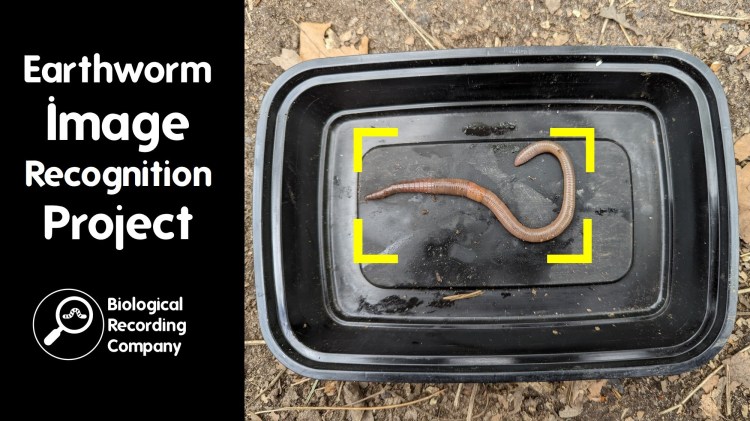
2 thoughts on “The Pine Hoverfly: Bringing Them Back From The Brink Of Extinction”